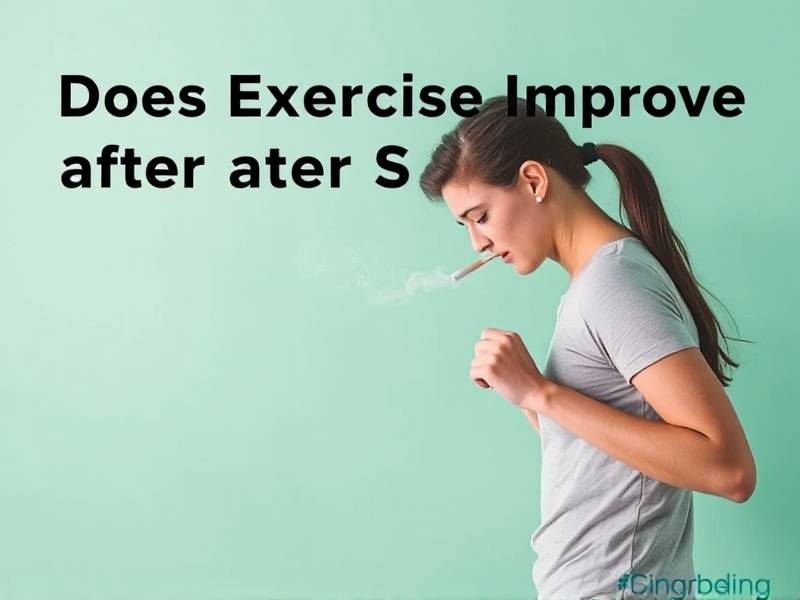Does Exercise Improve After Quitting Smoking?
The Transformative Power of Exercise Post-Quitting Smoking: A Comprehensive Guide
Introduction: Quitting smoking is a significant step towards a healthier lifestyle, and many individuals seek ways to enhance their well-being after making this life-changing decision. One often-overlooked aspect is the impact of regular exercise on both physical and mental health. This article delves into the question: Does exercise improve after quitting smoking? We will explore the benefits, challenges, and tips for incorporating physical activity into your post-quitting smoking routine.
The Link Between Exercise and Smoking Cessation

-
Enhanced Lung Function After quitting smoking, your lungs begin to heal, and exercise can significantly improve lung capacity. Regular physical activity helps clear out mucus and promotes better oxygen exchange in the lungs.
-
Weight Management Many smokers gain weight after quitting due to changes in metabolism and appetite. Exercise can aid in weight management by burning calories and increasing metabolism.
-
Stress Reduction Quitting smoking can be stressful, but exercise acts as a natural stress reliever by releasing endorphins, which boost mood and reduce anxiety.
Challenges Faced Post-Quitting Smoking

-
Shortness of Breath Initially, you might experience shortness of breath when exercising due to lung damage from smoking. However, this improves over time as your lungs heal.
-
Nicotine Withdrawal Symptoms Nicotine withdrawal can sometimes lead to increased appetite or irritability, which might affect your motivation to exercise.
Tips for Starting an Exercise Routine Post-Quitting Smoking
-
Start Small Begin with low-intensity activities like walking or swimming and gradually increase intensity as your fitness improves.
-
Find an Accountability Partner Exercising with a friend or joining a group can provide motivation and support during the transition.
-
Set Realistic Goals Establish achievable fitness goals that are tailored to your current health status and gradually increase them as you progress.
-
Mix It Up Variety in your exercise routine can keep you engaged and prevent boredom. Try different activities like yoga, cycling, or strength training.
-
Listen to Your Body Pay attention to how your body responds to different types of exercises and adjust accordingly.
Conclusion:
In conclusion, exercise does indeed improve after quitting smoking, offering numerous health benefits that contribute to an overall better quality of life. By addressing challenges with patience and persistence, individuals can successfully integrate physical activity into their daily routines post-quitting smoking. Remember that every step towards healthier living is a step in the right direction—whether it's through quitting smoking or embracing regular exercise!
